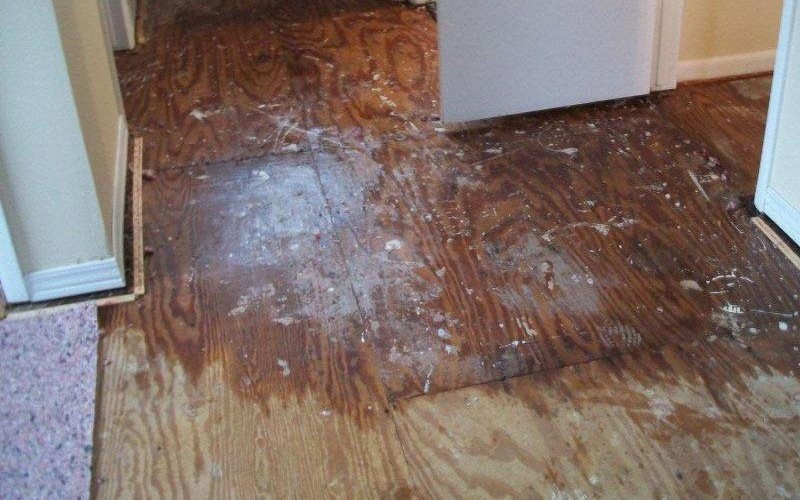Do's & Don'ts of Water Restoration.
Do's & Don'ts of Water Restoration.
Blog Article
They are making several great pointers regarding Ways to Reduce The Risk Of Fire And Water Damage overall in this article in the next paragraphs.

Water offers life, water intrusion on components where it's not supposed to be can result in damage. It can peel away surface areas and erode the structure if the water saturates into your structure. Mold and mildew and also mold likewise flourish in a damp atmosphere, which can be hazardous for your health and wellness. Houses with water damages odor old and mildewy.
Water can come from many sources such as hurricanes, floods, burst pipes, leakages, and drain problems. In case you experience water damages, it would certainly be great to know some safety preventative measures. Right here are a few standards on just how to handle water damages.
Do Prioritize House Insurance Policy Insurance Coverage
Water damages from flood because of hefty winds is seasonal. You can additionally experience an abrupt flooding when a faulty pipe instantly breaks right into your house. It would certainly be best to have house insurance coverage that covers both acts of God such as all-natural catastrophes, and emergency situations like damaged plumbing.
Don't Neglect to Switch Off Utilities
This reduces off power to your entire home, avoiding electrical shocks when water comes in as it is a conductor. Don't forget to turn off the major water line valve.
Do Remain Proactive and Heed Weather Alerts
Storm floodings can be very unforeseeable. Remain ready and aggressive if there is a background of flooding in your community. If you live near a river, creek, or lake , pay attention to discharge warnings. Get belongings from the very beginning and basement, then put them on the highest possible level. Doing so minimizes possible residential property damages.
Do Not Ignore the Roof
You can stay clear of rainfall damage if there are no holes and also leakages in your roofing. This will certainly stop water from flowing down your walls as well as saturating your ceiling.
Do Take Note Of Little Leakages
A ruptured pipeline does not happen over night. Generally, there are red flags that suggest you have actually weakened pipelines in your home. For instance, you may see gurgling paint, peeling wallpaper, water streaks, water stains, or dripping noises behind the wall surfaces. Eventually, this pipe will certainly rupture. Preferably, you ought to not await points to intensify. Have your plumbing fixed prior to it causes substantial damages.
Do Not Panic in Case of a Burst Pipe
When it comes to water damage, timing is key. Thus, if a pipeline ruptureds in your house, promptly closed off your primary water valve to cut off the source. Call a respectable water damage remediation expert for assistance.
Water provides life, water intrusion on components where it's not meant to be can result in damages. Homes with water damage scent musty and also old.
Water damages from flooding fees to heavy winds is seasonal. You might notice gurgling paint, peeling off wallpaper, water touches, water stains, or dripping audios behind the wall surfaces. When it comes to water damages, timing is key.
Some Do's & Don't When Dealing with a Water Damage
DO:
Make sure the water source has been eliminated. Contact a plumber if needed. Turn off circuit breakers supplying electricity to wet areas and unplug any electronics that are on wet carpet or surfaces Remove small furniture items Remove as much excess water as possible by mopping or blotting; Use WHITE towels to blot wet carpeting Wipe water from wooden furniture after removing anything on it Remove and prop up wet upholstery cushions for even drying (check for any bleeding) Pin up curtains or furniture skirts if needed Place aluminum foil, saucers or wood blocks between furniture legs and wet carpet Turn on air conditioning for maximum drying in winter and open windows in the summer Open any drawers and cabinets affected for complete drying but do not force them open Remove any valuable art objects or paintings to a safe, dry place Open any suitcases or luggage that may have been affected to dry, preferably in sunlight Hang any fur or leather goods to dry at room temperature Punch small holes in sagging ceilings to relieve trapped water (don't forget to place pans beneath!); however, if the ceiling is sagging extremely low, stay out of the room and we'll take care of it DO NOT:
Leave wet fabrics in place; dry them as soon as possible Leave books, magazines or any other colored items on wet carpets or floor Use your household vacuum to remove water Use TV's or other electronics/appliances while standing on wet carpets or floors; especially not on wet concrete floors Turn on ceiling fixtures if the ceiling is wet Turn your heat up, unless instructed otherwise

I hope you liked our excerpt on Preventing Fires and Water Damage In Your Home. Thanks a ton for taking time to read our piece. Kindly take the time to promote this post if you liked it. Thanks for your time invested reading it.
Report this page